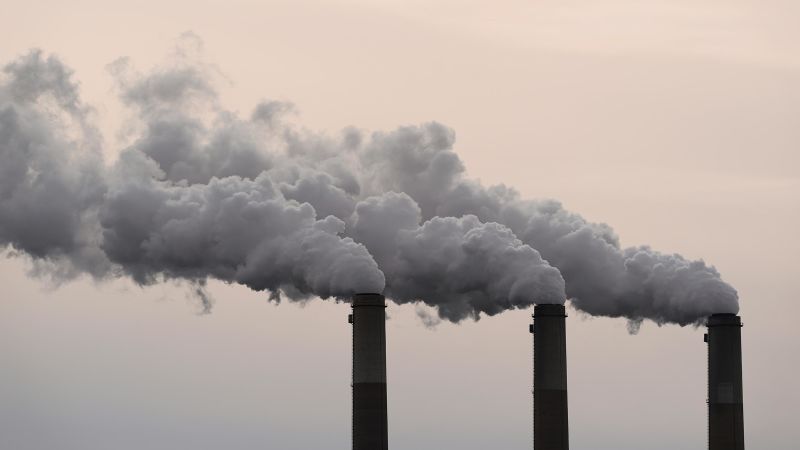The Trump administration quietly released key climate change data last week that has historically been accompanied by expert analysis from government scientists at the National Oceanic and Atmospheric Administration, CNN has learned.
The lack of context minimized the government’s own findings that atmospheric levels of carbon dioxide — the most abundant planet-warming gas in the air — jumped up by a record amount in 2024.
Instead of issuing a public-facing web story with an explanation of the annual measurement, as the agency has at this time of year for about a decade, NOAA public affairs officials scuttled those plans and instead released the new data on X and Facebook on April 14, sources at the agency told CNN. The social media posts link to NOAA’s CO2 data-tracking web page.
The episode, along with recent budget and staffing cuts, illustrates the Trump administration’s resistance to publicly distributing climate change-related data. The posts on X and Facebook, for example, did not call attention to the record-high rate of year-over-year increase in CO2 concentrations.

NOAA has also suspended monthly climate press calls during which scientists would discuss global temperatures and the reasons for particular trends. There is no indication NOAA limited its scientists’ ability to speak with the press about the annual CO2 data.
A NOAA spokesperson did not reply to a request for comment.
The Trump administration plans to dramatically scale back climate research. Based on a recent Trump administration budget proposal, the Colorado-based laboratory responsible for making and publicizing the CO2 measurements would be shut down, along with all other research labs across the agency.
The new data, collected by the agency’s Global Monitoring Laboratory, showed that carbon dioxide, which is the longest-lived planet-warming gas, grew by 3.75 parts per million in 2024 — 25% larger than the previous record jump of 2.96 ppm, set in 2015.
The average concentration of CO2 in the lowest level of the atmosphere for 2024 was 422.7 ppm, the atmosphere and oceans agency found. Scientists cited record-high air and ocean temperatures as factors that pushed CO2 levels higher this year, at a faster rate.
Separately, researchers have found the world’s forests and lands may be absorbing less CO2 from the atmosphere compared to previous years, a potentially ominous development given continued record high global emissions from burning fossil fuels, deforestation and other human activities. The planet’s ability to absorb CO2 from the atmosphere into forests and oceans is one of the key reasons human-caused climate change hasn’t spiraled into an even bigger disaster.
At the start of the industrial revolution, atmospheric CO2 levels were just 280 ppm. When NOAA began calculating the globally averaged measurements in 1979, the average was about 337 ppm.

